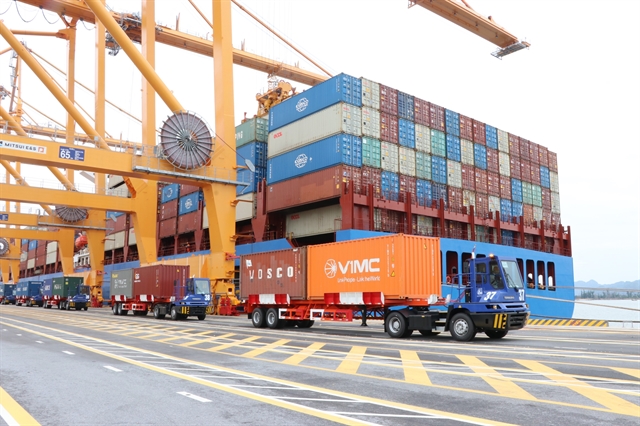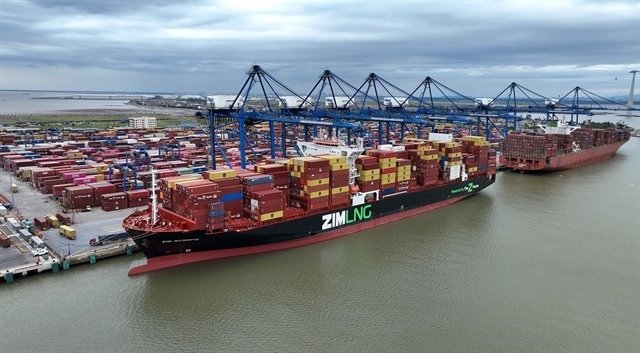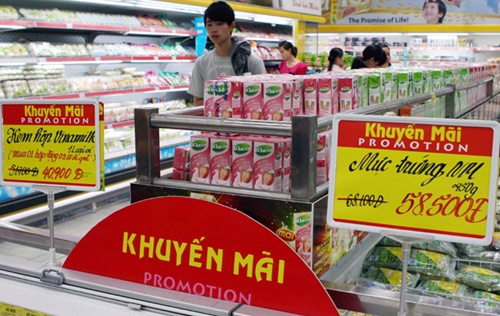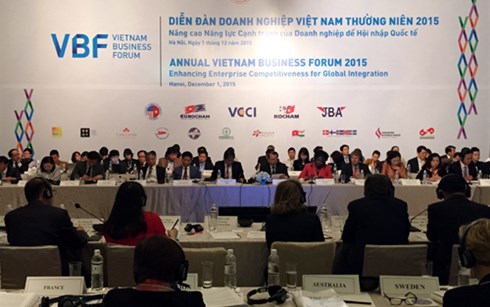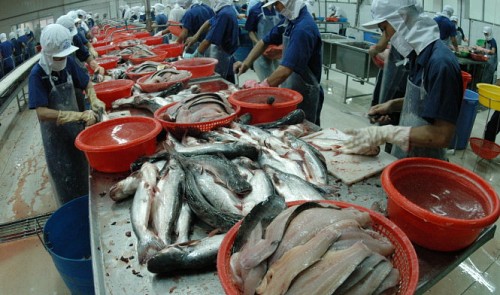Hong River transport faces obsticles
Hong River transport faces obsticles
Despite having geological advantages and low costs, waterway transport in the Hong (Red) River Delta hasn't been fully exploited due to obstacles in infrastructure and burdensome procedures for businesses operating in the field, experts said.
Nguyen Thuy Nguyen, Chairman of the management board of the Waterway Transport Corporation (VIVASO), said investment in waterway transport in the delta has been modest compared with other modes of transportation.
Investment for one kilometre of road can reach VND500 billion (US$22.2 million), for example, while only several billion of dong are spent on dredging one kilometre of river, he told Tin Tuc (News) newspaper.
There was no connection between waterways, railways and roads so businesses had to pay a lot of money for logistics costs or costs to load or unload goods and carry goods from trains to boats and vice versa. Thus, it lowered the competitiveness of this way of transport, Nguyen said.
Experts said a weak point of inland transport was that it only transported construction materials with big quantities like cement, sand, bricks and steel but no consumer goods.
They also attributed the low effectiveness of waterway transport in Song Hong (Red River) Delta to inadequate infrastructure in the region.
Inland ports and wharves were scattered and small scale in the delta.
Although waterway transport routes were upgraded annually by the government, the water level was not stable in the dry season and the rivers often needed dredging to allow the passage of bigger vessels.
The system of loading and unloading goods is backward and does not meet the requirement for the job, especially for containers, experts said.
To improve the efficiency of inland waterway transport, Hoang Hong Giang, head of Viet Nam Inland Waterway Administration (VIWA), said the link between waterways and other modes of transport needed reviewing to set up concrete plans and priority should be given to private investment in waterway transport.
It was necessary to mobilise all financial sources from the society to invest in waterway transport together with the exploitation of existing infrastructure, he said.
In the future, the VIWA proposed the government to put inland waterways on the list of sectors that enjoy preferential investments.
Regulations on river transport fees would be compiled and plans on waterway transport would be reviewed to ensure a synchronised waterway transport infrastructure.
The VIWA has suggested that the Ministry of Transport revise and supplement legal documents relating to the management of waterway infrastructure.
It also proposed that the ministry reduce the administrative procedures from 88 to 57 by the end of next year.
It is hoped that the reduction would create favourable conditions for people and waterway transport firms in accessing the service and helping reduce time and costs for ship owners and their crews, Giang said.
Waterway transport had huge potential in the Hong (Red River) Delta because it involved 10 out of the 18 main river routes in Viet Nam and had a total length of 1,550km of rivers and canals.
The region is also home to economic hubs such as Ha Noi, Hai Phong and Quang Ninh which have high demand for coal and building materials.
With nearly 1,200 inland ports and wharves, the waterway transport in the delta has the capacity of handling 102 million tonnes of goods per year.


